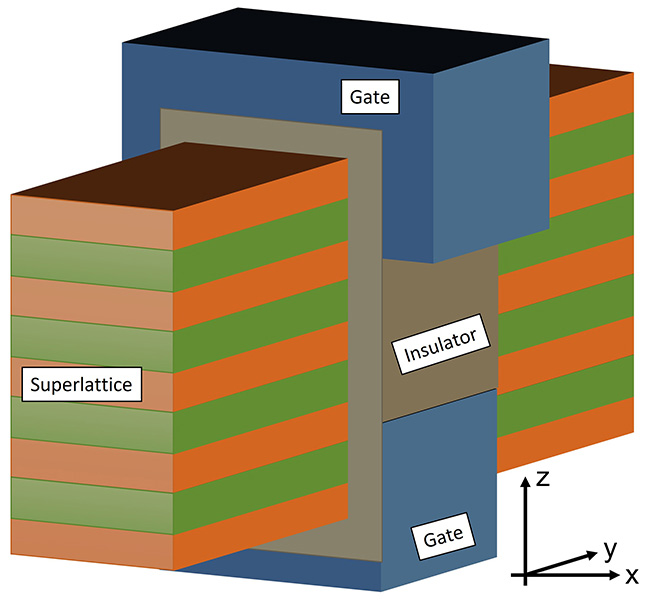MANUFACTURING
Purdue technology for downscaling transistors could advance semiconductor design
An innovation by Purdue University researchers could help the semiconductor industry design transistors that are smaller, use less power, and switch from on to off at smaller applied voltages. As a result, the innovation could lead to better and more powerful central processing unit generations, which can compute more operations with less energy.
Tillmann Kubis is the Katherine Ngai Pesic & Silvaco Research Assistant Professor of Electrical and Computer Engineering in Purdue's Elmore Family School of Electrical and Computer Engineering. He said it has become more difficult to meet the performance requirements of nano transistors.
"They need a high enough ON-current and low enough OFF-current, with a small enough difference to switch between both," Kubis said. "These challenges have significantly slowed the downscaling of transistors around the last eight years, making it increasingly difficult to introduce more powerful CPU generations." 
Kubis and James Charles, a senior research associate in the Elmore Family School of Electrical and Computer Engineering, have created CasFET, or cascade field-effect transistor, technology. It introduces a new switching method to transistors, one that is like the effects observed in quantum cascade lasers.
"CasFET is a more general approach than transistor technology we had developed several years ago. It offers more flexibility in the choice of materials and voltage settings," Kubis said. "In technical terms, CasFET does not require band-to-band tunneling. Because of this, semiconductor designers could be able to develop faster-switching and more energy-efficient transistors."
Kubis and Charles continue to develop the first CasFET prototype.
"Once that is showing the performance goals, we will continue with defining a concrete CasFET prototype design," Kubis said.
Kubis disclosed the CasFET innovation to the Purdue Research Foundation Office of Technology Commercialization, which has applied for patent protection from the U.S. Patent and Trademark Office. It is available for further commercialization by contacting Dipak Narula, assistant director of business development.

